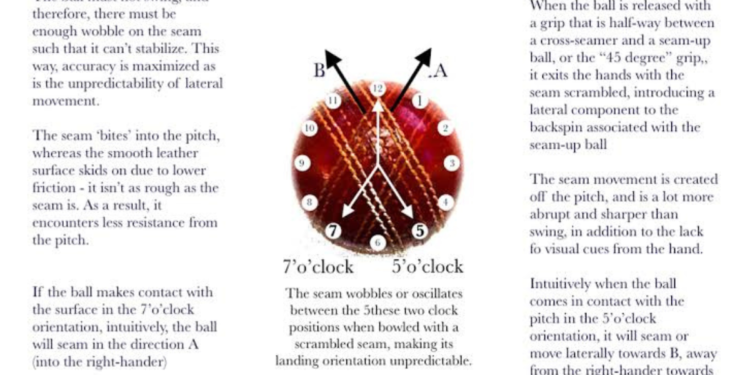Team Composition
When selecting the team composition, it is crucial to strike a balance between experienced players and promising talents. Seasoned players bring stability and leadership to the team, while youthful energy and enthusiasm can inject vibrancy and drive into the squad. The key is to create a cohesive unit where each member complements the strengths and covers the weaknesses of the others.
In addition to considering individual skills, it is essential to assess how players work together as a team. The ability to communicate effectively, understand each other’s playing styles, and support one another during pressure situations can make or break a team’s performance. A harmonious team composition not only enhances on-field coordination but also fosters a positive team culture that is essential for long-term success.
Batting Lineup
To achieve a balanced batting lineup, it is crucial to have a mix of aggressive stroke-makers and dependable accumulator players. The opening partnership sets the tone for the innings and requires a blend of caution and aggression. The middle order should consist of reliable batsmen capable of stabilizing the innings or accelerating the run rate when needed. Lastly, the lower order batsmen should be versatile enough to provide crucial runs when the top order fails or the team is in a difficult situation.
Each player in the batting lineup should be assigned a specific role based on their strengths and weaknesses. The number three position is often reserved for the team’s best batsman, while the finishers in the lower order are tasked with scoring quick runs towards the end of the innings. It is essential for the coaching staff to understand each player’s capabilities and craft a batting lineup that maximizes the team’s potential for success.
Bowling Options
In the bowling department, the team boasts a diverse range of options to keep the opposition batsmen on their toes. The pace attack comprises of quick and fiery bowlers who can generate significant speed and bounce on a variety of surfaces. Additionally, the spin department is well-equipped with talented spinners who can bamboozle the batsmen with their variations and guile.
The bowlers in the team not only excel in their individual capacities but also complement each other effectively, forming a well-rounded bowling unit. The ability to mix up pace, line, and length ensures that the opposition is constantly under pressure, never allowing them to settle into a rhythm. With such a versatile array of bowling options at their disposal, the team can adapt to different match situations and conditions, making them a formidable force in the bowling department.
Fielding Positions
Fielding positions in cricket play a crucial role in defending against the opponent’s batting attacks and securing outs. The fielding positions are strategically set by the team captain and are tailored to counter the strengths and weaknesses of the opposition batsmen. Placement of fielders in key areas such as slips, point, cover, and mid-wicket greatly impacts the team’s ability to restrict runs and take wickets.
Moreover, fielding positions are not static throughout the match and can be adjusted swiftly based on the game’s evolving dynamics. Fielders need to be agile, alert, and adept at anticipating the direction of the ball to excel in their positions. The coordination between fielders is essential to execute successful run-outs, catches, and stumpings, making fielding positions a significant aspect of a team’s overall performance on the field.
Wicketkeeper Role
For the wicketkeeper, the primary responsibility is to stand behind the stumps during the bowler’s delivery and be ready to catch any balls that come their way. The wicketkeeper plays a crucial role in the fielding setup, as they are positioned right behind the batsman and can quickly react to any edges or missed shots.
In addition to catching, the wicketkeeper also has the task of stumping batsmen when they leave their crease while the ball is still in play. This requires quick reflexes and sharp awareness of the game situation to capitalize on any opportunities to dismiss a batsman. An effective wicketkeeper can make a significant impact on the outcome of a match by taking crucial catches and executing timely stumpings.






















